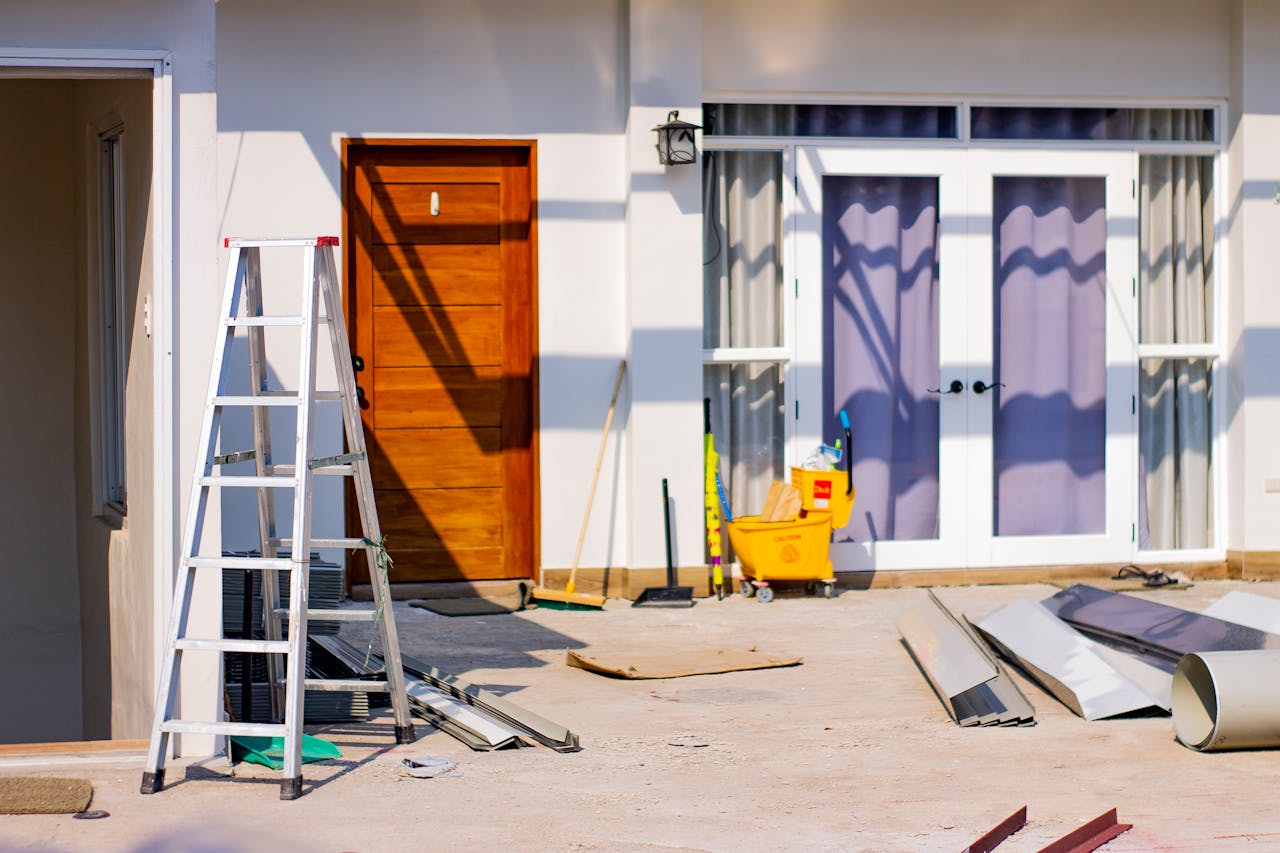Refurbishing a property is a deeply rewarding venture, whether you’re a homeowner looking to enhance your living space, a property investor aiming to increase rental yields, or a DIY enthusiast keen to add personal touches. However, embarking on such a project requires careful planning and execution. This blog explores essential aspects of property refurbishment, providing you with practical advice to ensure smooth and successful projects.
Budgeting Tips for Refurbishments
One of the primary challenges in any refurbishment project is managing the budget. It’s crucial to establish a realistic financial plan from the outset. Begin by obtaining multiple quotes from contractors and suppliers to understand the cost implications. Allocate a contingency fund, typically 10-15% of your overall budget, to accommodate unexpected expenses. Regularly reviewing your spending against the budget will help keep the project on track and prevent financial strain.
For quality renovation services, search “property refurbishments Surrey” on Google to explore trusted companies that can help with your project.
Latest Trends in Property Renovations
Staying informed about current trends can add significant value to your refurbishment efforts. In recent years, open-plan living spaces and smart home technologies have become increasingly popular. Integrating energy-efficient solutions, such as solar panels and high-quality insulation, not only reduces long-term costs but also appeals to eco-conscious buyers. Explore these trends to ensure your property remains attractive and relevant in today’s competitive market.
Eco-Friendly Refurbishment Options
Sustainability is at the forefront of modern refurbishments. Consider using recycled materials, low-VOC paints, and energy-efficient appliances. Implementing rainwater harvesting systems and installing double-glazed windows can further enhance your property’s environmental credentials. These eco-friendly choices not only reduce your carbon footprint but also often come with financial incentives, such as tax credits and rebates.
Guide to Refurbishing Historic Properties
Refurbishing older properties presents unique challenges and opportunities. It’s vital to respect the original architecture while incorporating modern amenities. Work closely with conservation officers to ensure compliance with local regulations and guidelines. Consider using period-appropriate materials and techniques to preserve the property’s historical integrity, which can significantly boost its appeal and market value.
Maximising Space in Small Homes
For those working with limited space, clever design strategies can make a world of difference. Opt for multi-functional furniture, such as sofa beds and extendable tables, to make the most of every square metre. Use light colours and mirrors to create an illusion of space. Consider open shelving in kitchens and living rooms to avoid bulky cabinets, and maximise storage with built-in wardrobes and under-stair storage.
Adding Value Through Renovations
Strategic refurbishments can substantially increase property value. Focus on key areas such as kitchens and bathrooms, which often yield the highest return on investment. Ensure any structural repairs or improvements are of high quality, as these form the foundation of your property’s value. Enhancing curb appeal with landscaping or fresh paintwork can also make a significant difference to prospective buyers or tenants.
Avoiding Common Refurbishment Mistakes
Awareness of common pitfalls is crucial for a smooth refurbishment process. Overlooking building regulations, underestimating costs, or rushing the planning phase can lead to complications. Ensure all necessary permits are secured before starting, and maintain clear communication with contractors throughout the project. Proper planning and oversight are keys to avoiding costly mistakes and ensuring a successful outcome.
Safety and Legal Considerations
Safety should be paramount in any refurbishment project. Adhere to health and safety guidelines, particularly if undertaking work on older properties that may contain hazardous materials like asbestos. Understanding local building codes and regulations is essential to avoid legal issues. Consult with professionals to verify compliance and safeguard your investment.
Refurbishing your property can be an exciting and rewarding experience when approached with careful planning and informed decisions. By considering these aspects and addressing common challenges, you can transform your space into one that meets both your aesthetic and functional needs. Engage with experienced professionals when necessary, and don’t hesitate to seek expert advice to achieve the best results in your refurbishment endeavours.



